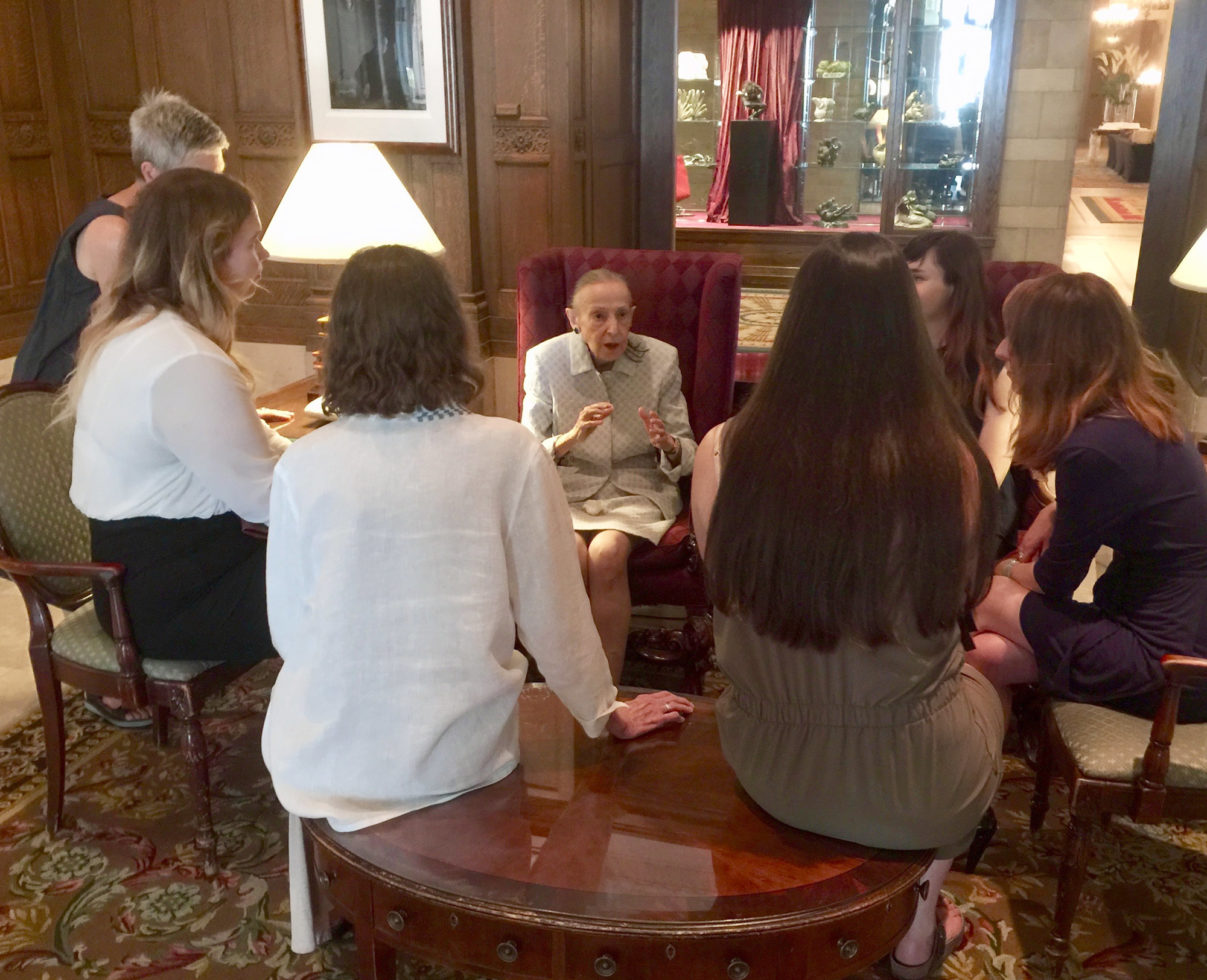
The Karsh Award honors the artistic legacy of Yousuf Karsh and his brother Malak Karsh, while continuing an intergenerational chain of mentorship that fosters camera-based innovation.
Seven past Karsh Award laureates have selected seven emergent artists, Joi T. Arcand, AM Dumouchel, Leslie Hossack, Olivia Johnston, Julia Martin, Meryl McMaster and Ruth Steinberg, who will be featured in Continuum: Karsh Award artists welcome a new generation, an upcoming exhibition curated by Melissa Rombout at the City of Ottawa Karsh-Masson Gallery. The artists met with Mrs. Karsh for a cosy reception at the Fairmont Chateau Laurier, where Yousuf Karsh’s studio was located.
“Continuum is a project based on connecting many moments in time. It was conceived as a way to celebrate a new wave of emerging Ottawa artists during Canada’s sesquicentennial year. Recipients of the City of Ottawa’s prestigious Karsh Award were invited to choose a local Ottawa artist working with photography as a medium, a relative newcomer to stand in the spotlight.
“The Karsh photographers, innovators stylistically, gracious in comportment and masters of film-based photography, would no doubt be astonished and delighted by the myriad of camera-based practices in this exhibition, and their roles as progenitors of a chain of connection radiating outward. These common threads of welcome entwine here.” – From the catalogue essay by Melissa Rombout.
Continuum runs from September 14 to October 22, 2017 at Karsh-Masson Gallery, City Hall, 110 Laurier Avenue West, Ottawa, ON. Vernissage: Thursday, September 14, 5:30 to 7:30 pm. Tour with the curator: Sunday, September 24, 2 pm.
The New Generation:
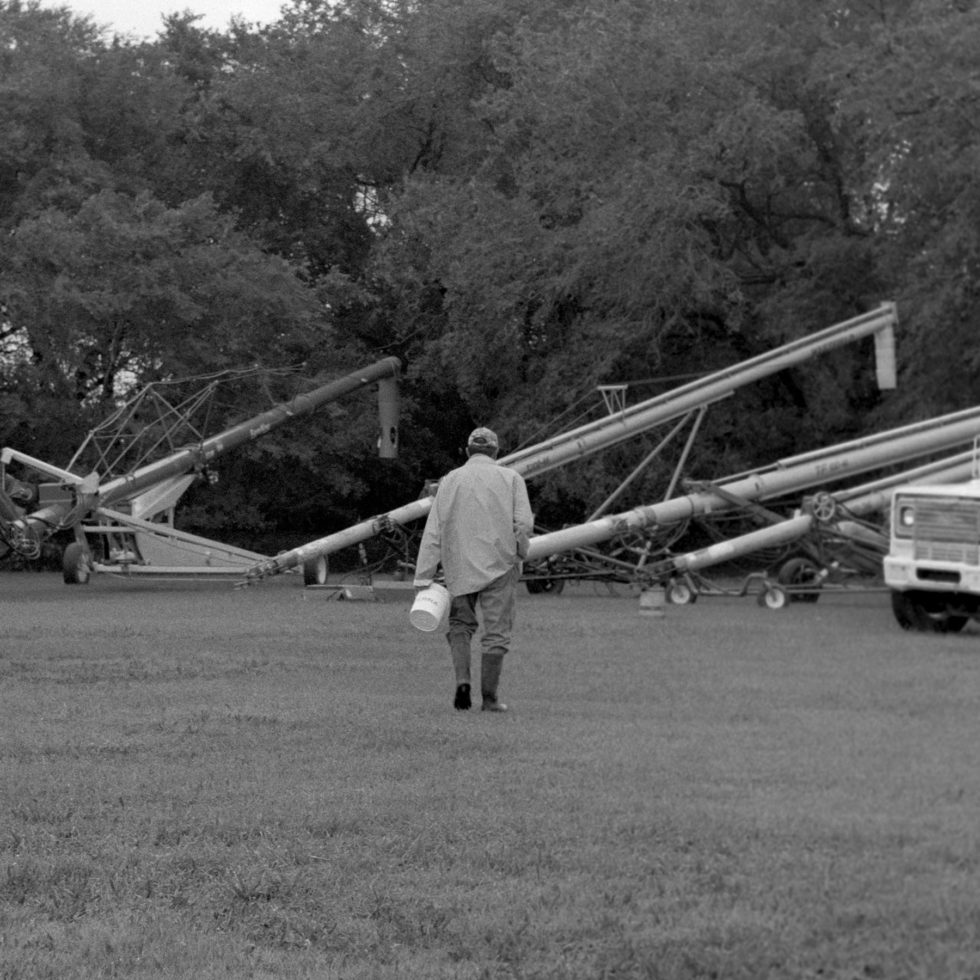
“To the depth of a plow” is an elegy for my father, a farmer on the Muskeg Lake Cree Nation (Saskatchewan), Treaty Six Territory. These photographs were taken during the farm auction marking the end of his career, linking his personal narrative to the spirit and intent of the Treaty to share land with the newcomers only “to the depth of a plow”.
Well into the 20th century, systemic racism and government policies such as the pass and permit systems restricted the travelling and business practices of reserve farmers. Despite these and the challenges of securing financing for farm operations, my father worked the land to make a living at a time when opportunities for First Nations farmers were severely limited.”
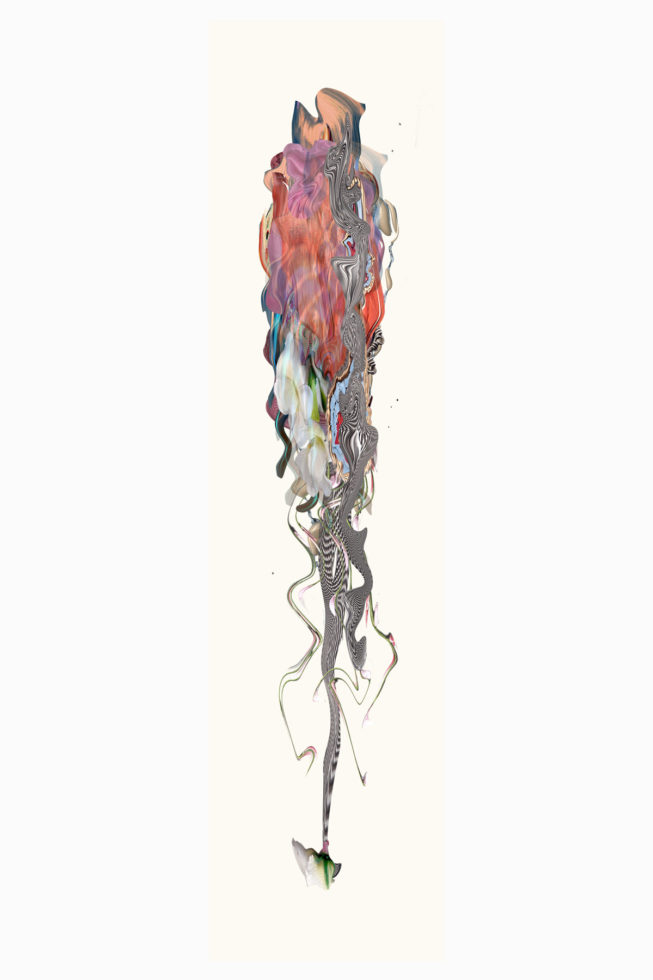
“My goal is to push the limits of photography through digital manipulation, image appropriation, scanning and the use of photograms. Abandoning the camera allows me to explore a hybrid photographic language.
Flesh and Stones is a triptych of collages composed of hundreds of digitized and manipulated objects (primarily meat and jewellery) through which the symbolism seems to find an echo in feminine artifice. Moving from the physical world to the virtual, these objects are transformed into unlikely and threatening bodies that exist on the line between the attractive and the repulsive.
“Taking inspiration from representations of femininity in religious iconography and on Instagram, I see these images as allegorical portraits of the contemporary body.”
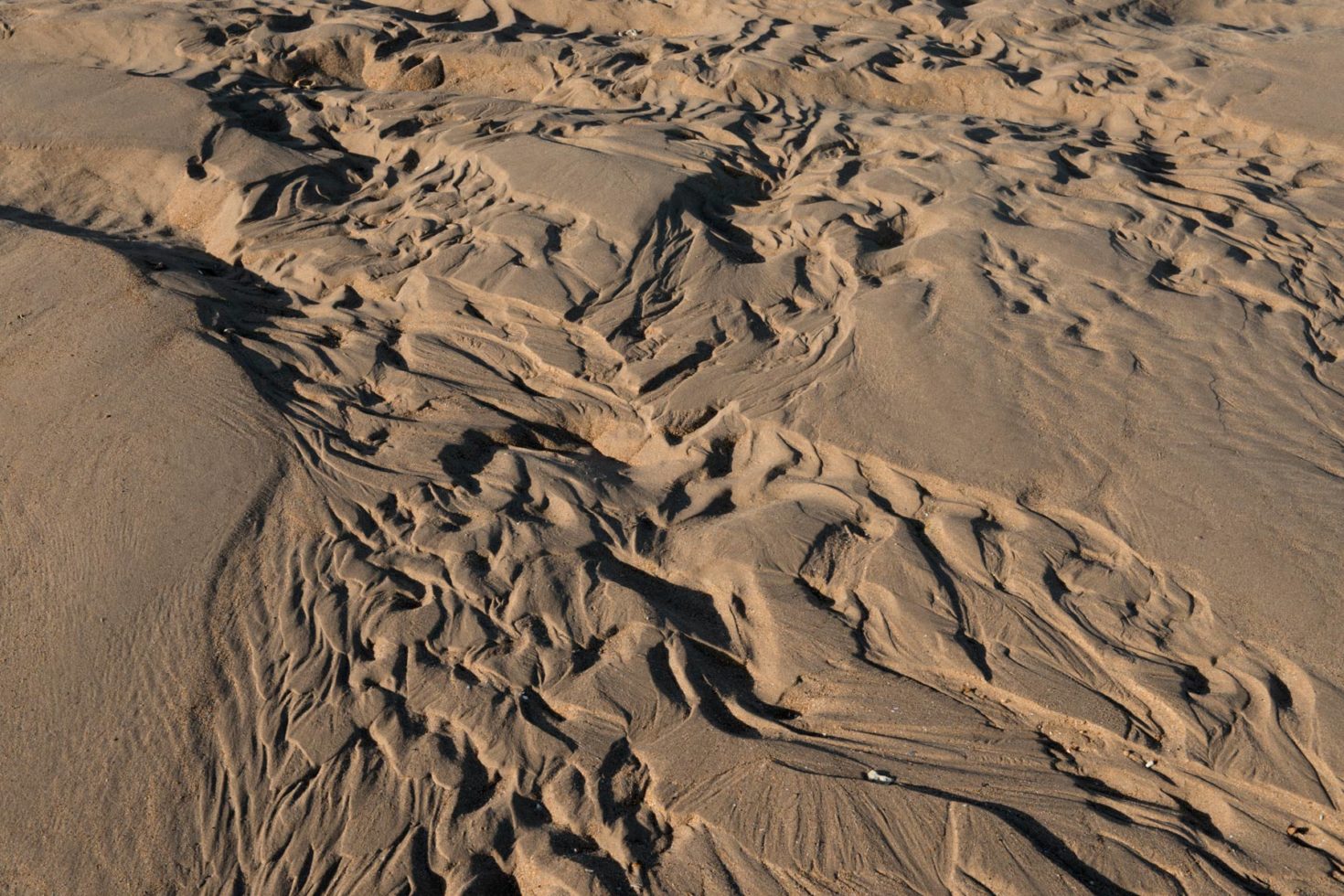
“I am drawn to locations associated with the monumental events of the mid 20th century, such as Hitler’s Berlin, Stalin’s Moscow and Churchill’s London.
H-Hour, Normandy 1944 is a work in four parts: Juno Beach, Atlantic Wall, Official Telegrams and War Graves. My objective was to stand on the landing beaches at first light on June 6th, D-Day. I was acutely aware of the longing and loss all around me, as I photographed the empty silence.
I hope that these images of memory and commemoration will inspire viewers to look, listen, reflect, enquire and imagine.”
-
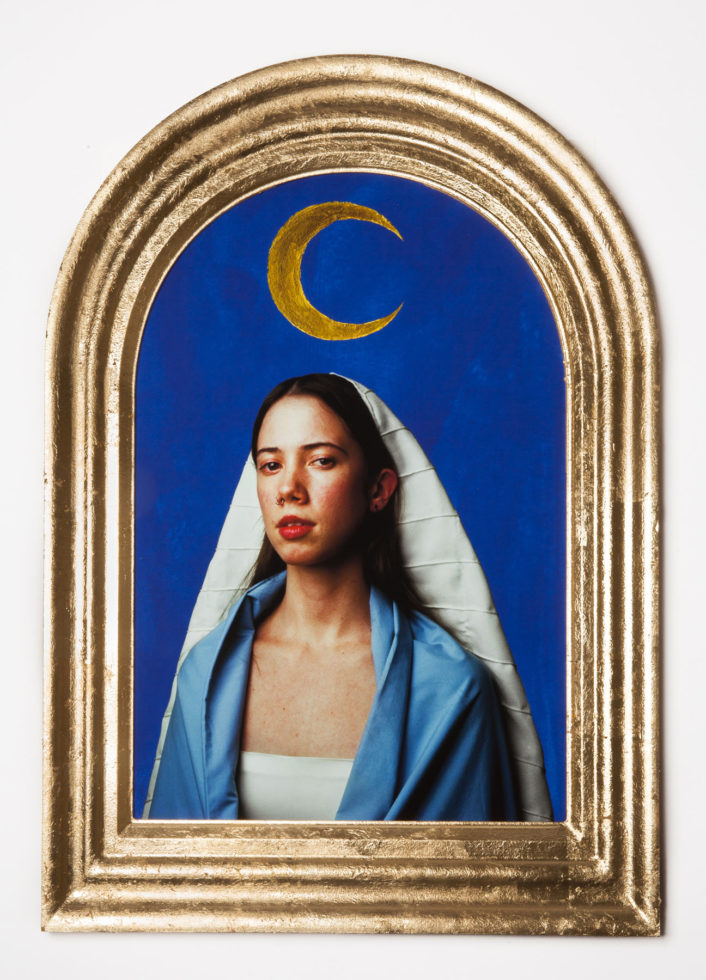
“Madonna with Crescent Moon (Rachel)” 2017, © Olivia Johnston. Selected by Justin Wonnacott, 2005 Karsh Award recipient. “I am entranced by images of the Virgin Mary, one of the most prevalent figures in Western Art. She may be depicted serenely framed by her transcendental golden halo; at other times, she expresses entirely human emotions like fear, grief, or ecstasy. She is one of us, she is all of us.
As an atheist, I cannot see myself partaking in religious rituals; however, I am fascinated by these rituals. In The Madonnas series, Mary is human yet mystic, real yet strange, contemporary yet age-old. I breathe life into her, distributing her identity amongst friends, family and acquaintances. I seek her; she seeks me.”

“You Look How I Feel I” (diptych detail) 2016, © Julia Martin. Selected by Chantal Gervais, 2014 Karsh Award recipient. “These works are from the series Normal Wear and Tear. In the literature guiding pet owners through the process of putting down an ailing animal, there is a list of questions to consider.
Its physical state must be observed: Is the animal tearing at itself? Is it missing hair? Does it hide itself away out of reach?
I read the last questions over and over:
Does it still like to play? Does it seem happy?Sometimes I observe myself in a mirror, in photographs and ask:
Does it still like to play? Does it seem happy?”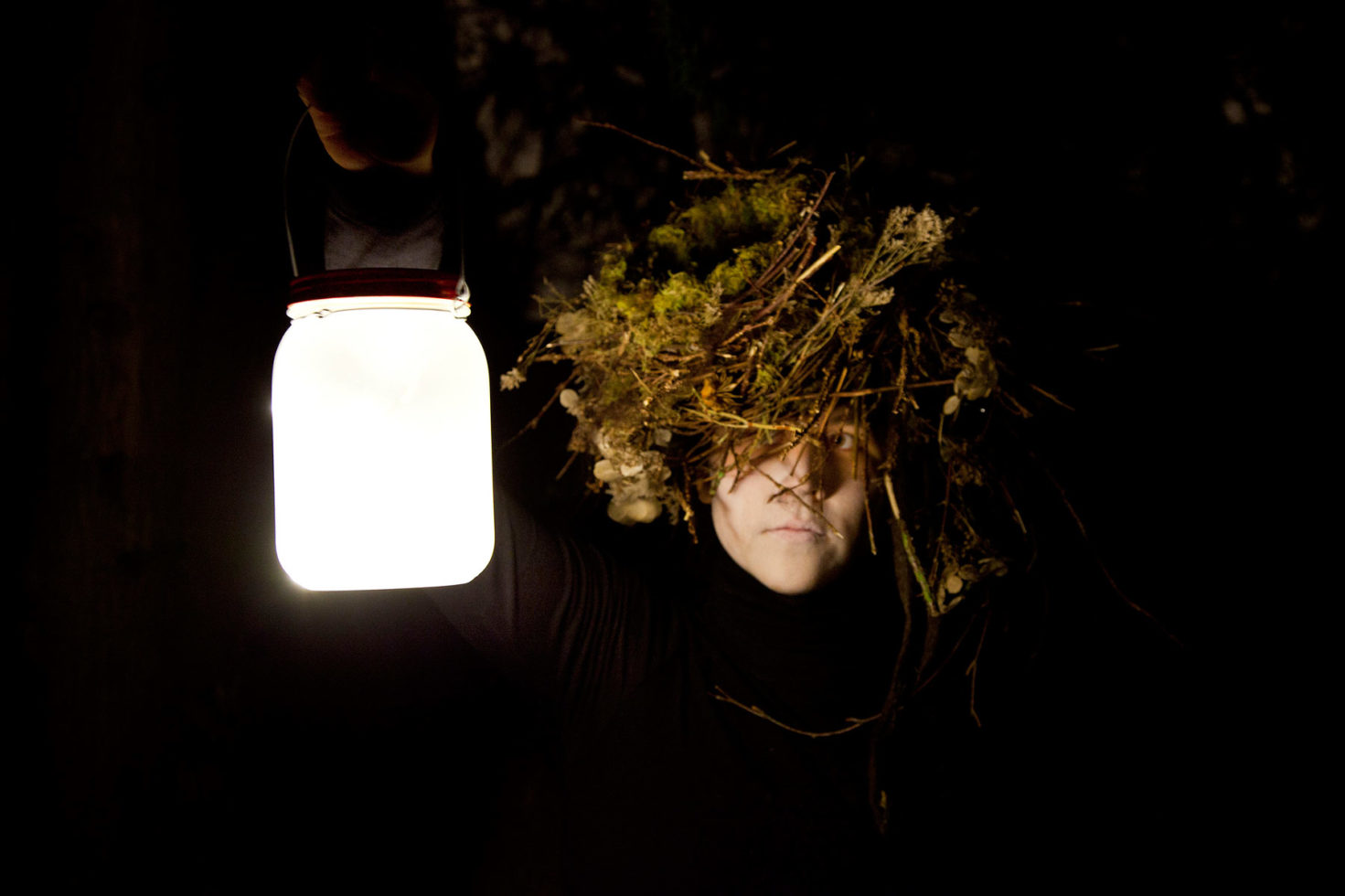
“Night Fragments” 2015, © Meryl McMaster. Selected by Rosalie Favell, 2012 Karsh Award recipient. “In Wanderings, I have created dreamlike images with imaginary creatures to act as my guides on a journey toward an unknown future.
In my travels, I am accompanied by a red thread or the colour red, a constant reminder of the inescapable factors that make us who we are—our past, our circumstance or our genes.
“Not all who wander are lost,” observes J.R.R. Tolkien: tethered as we may be to the past and all that makes us who we are, I still seek a world of boundless possibilities of the person I may become.”
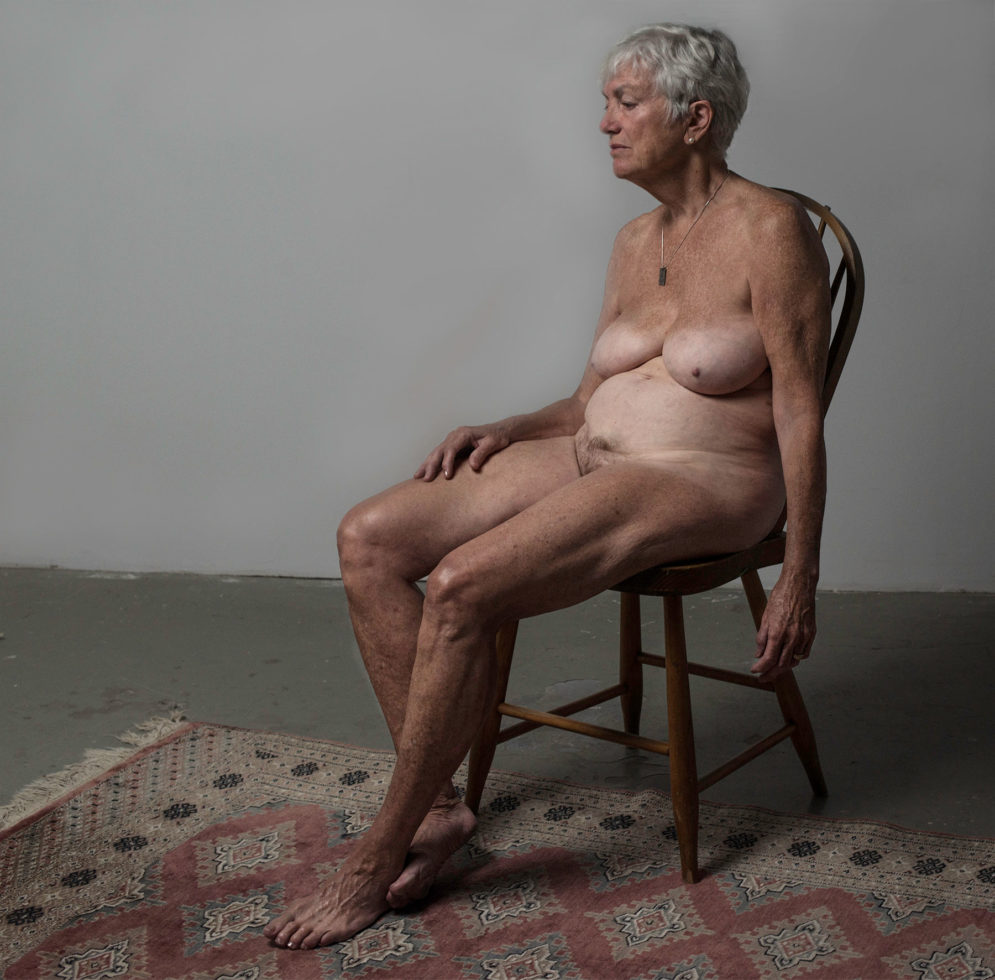
“Kim” 2014, © Ruth Steinberg. Selected by Michael Schreier, 2016 Karsh Award recipient. “What the Body Remembers is a series of nude portraits of older women. Aging bodies are practically invisible in real life and in artistic representations; in particular, women “of a certain age” are not considered sensual, vibrant, passionate or heroic.
This raises important questions for me: Whose judgement creates the reluctance to accept that our own bodies will thicken, wrinkle and scar, and our posture will be less upright than when we were young? Why are our capabilities and our appetites considered to diminish with age? Why is it difficult to look at the evidence of time and life on the body?”
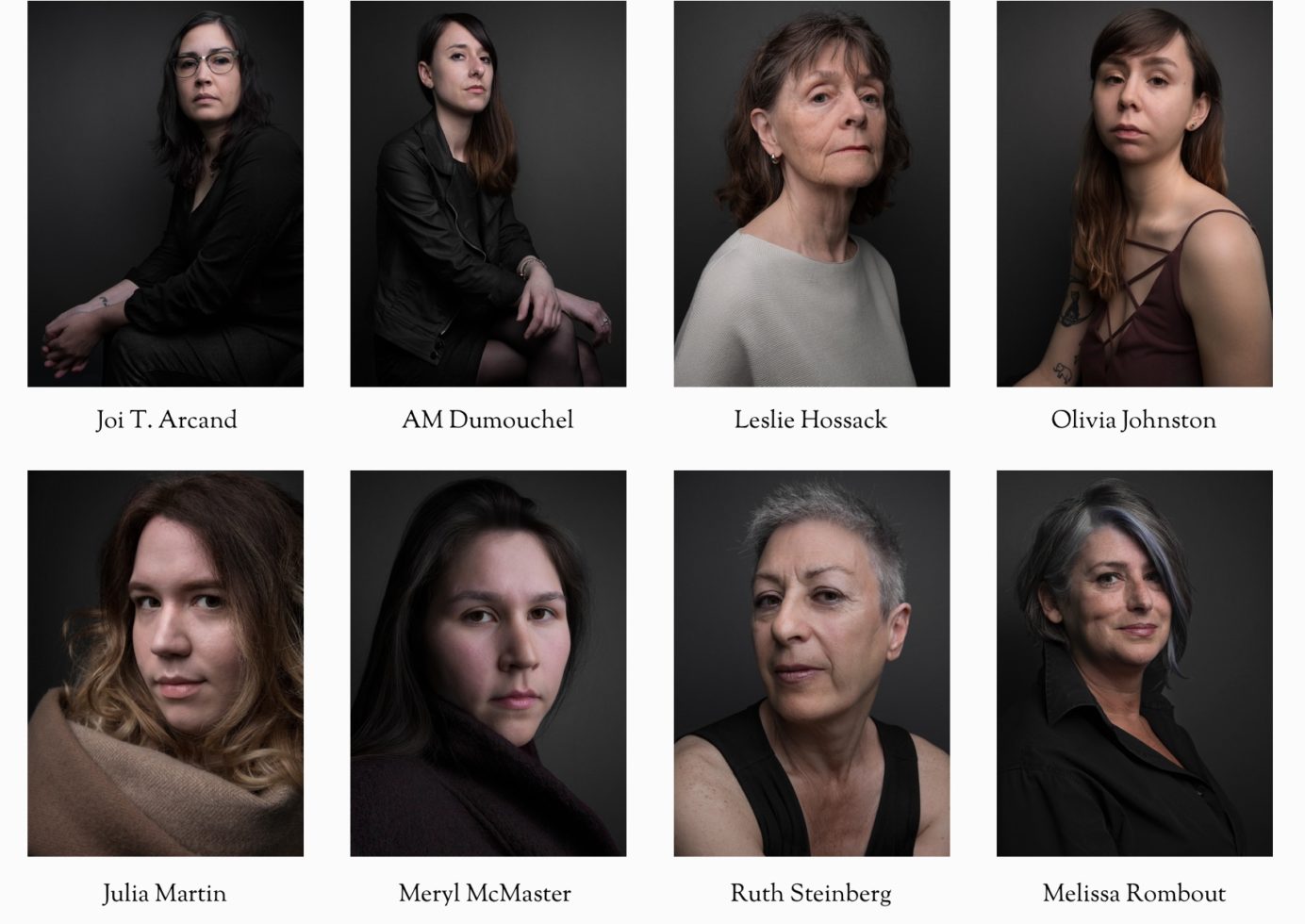
Artists featured in the Continuum exhibition and the Curator © Neeko Paluzzi
